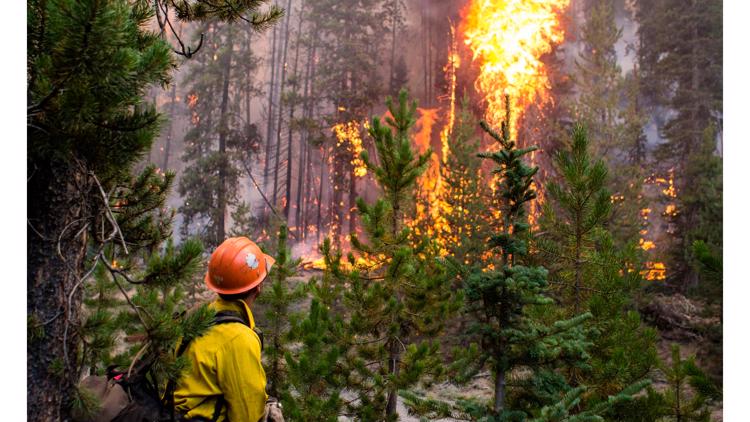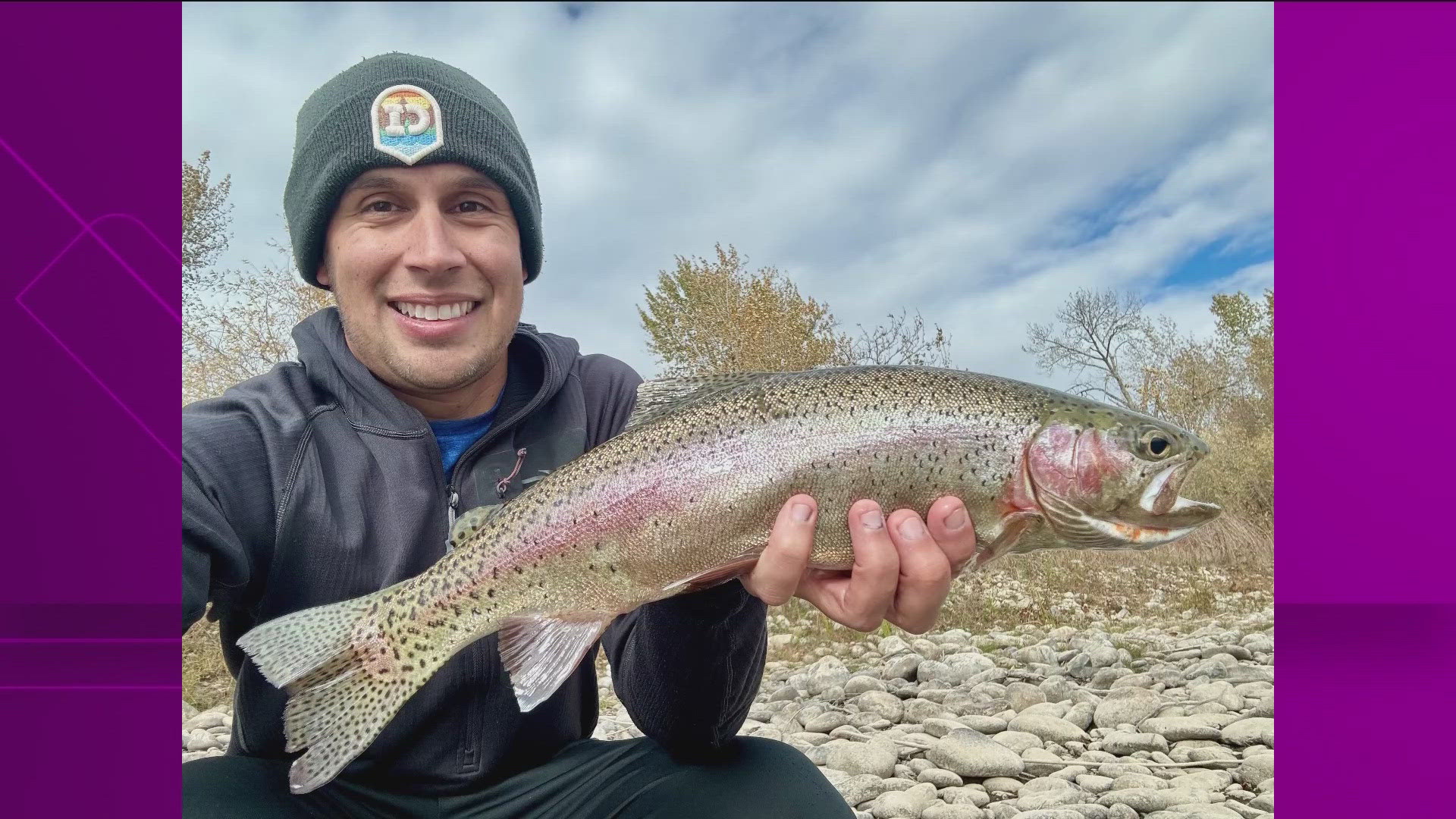BOISE, Idaho — Increasingly destructive Idaho wildfires that the state’s Republican governor blames in part on climate change have resulted in him proposing a budget adding more firefighters and $150 million for future firefighting costs.
Gov. Brad Little included the money in his proposed budget unveiled Monday to start the 2022 legislative session.
“We talk about this a lot at the Western Governors’ (Association),” said Little, who chairs the group composed of 19 governors and leaders of three U.S. territories. “About the deterioration of the resilience of the forest because of climate change.”
His budget includes a 21% general fund increase of $1.5 million for the Idaho Department of Lands to hire eight fire engine bosses, three fire management officers and more on-the-ground firefighters. The department's total budget, which also includes a $10 million boost in federal money, would increase by just over 21%, to $80.6 million.
The state agency is responsible for handling fire protection on 9,800 square miles (25,000 square kilometers) of state, federal and private land. It had one of its worst wildfire seasons in 2021 with some 225 square miles (580 square kilometers) burned, six times the 20-year average and costing some $75 million.
The $150 million in Little's budget recommendation is coming from the state's $1.9 billion budget surplus. It's prepaying the state's next five years of fire suppression costs, which typically average $30 million a year.
Little, a rancher, chairs the Idaho Land Board that directs the Lands Department in managing about 3,900 square miles (10,000 square kilometers) of state-owned land. The land generates money mainly for public schools, and primarily through timber harvest.
State forestry officials have turned to new strategies to prevent wildfires to protect state forests.
“The way we're managing our state lands is different than we did even 10 years ago," Little said in a news conference after his State of the State address on Monday. "We know how many trees per acre, what the mix needs to be, so that we can as effectively as possible protect them.”
Scientists say climate change has made the West much warmer and drier in the past 30 years and will continue to make weather more extreme and wildfires more frequent and destructive.
In Idaho, a combination of drought, hot weather, insect infestations and wildfires have been a problem in state forests in recent years.
“Most experts agree extreme fire seasons are likely the new norm,” Dustin Miller, Lands Department director, said in an op-ed released on the same day as Little's State of the State address. “Alongside this increased fire risk, Idaho is growing with more people living near and recreating on forests and rangelands. Unfortunately, with growth comes even more unwanted human-caused wildfires.”
Of the 408 wildfires the state fought in 2021, 254 were started by humans and 154 by lightning. The state aggressively pursues those who start wildfires to get back firefighting costs, with money recovered in recent years ranging from $250 to $2.5 million.
“We investigate every fire,” Lands Department spokeswoman Sharla Arledge said Tuesday.
Watch more Local News:
See the latest news from around the Treasure Valley and the Gem State in our YouTube playlist:



